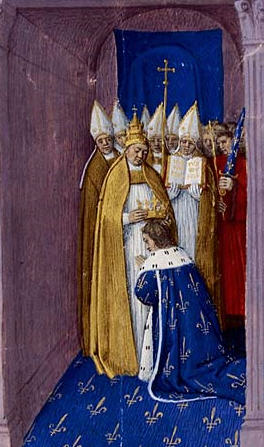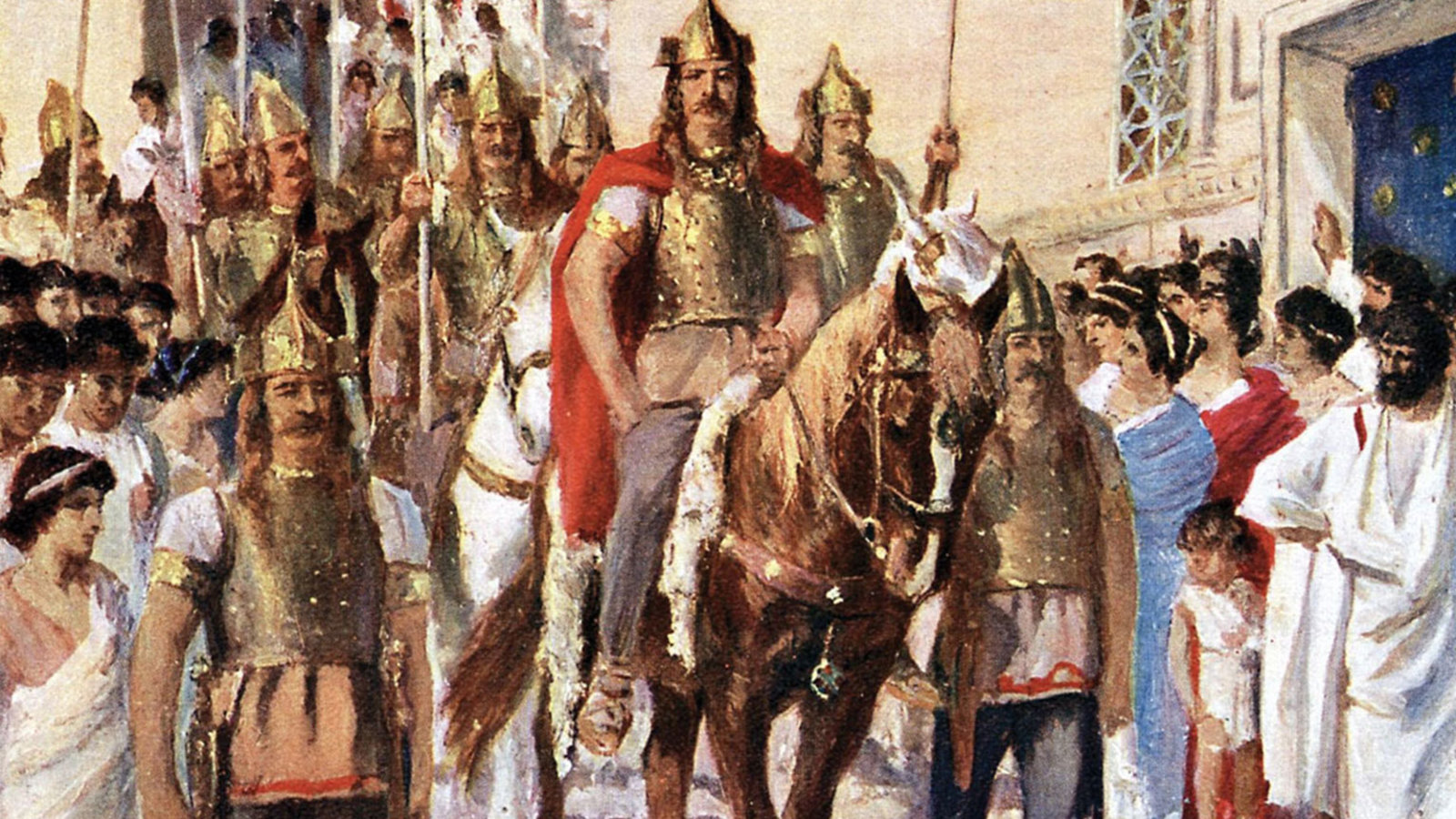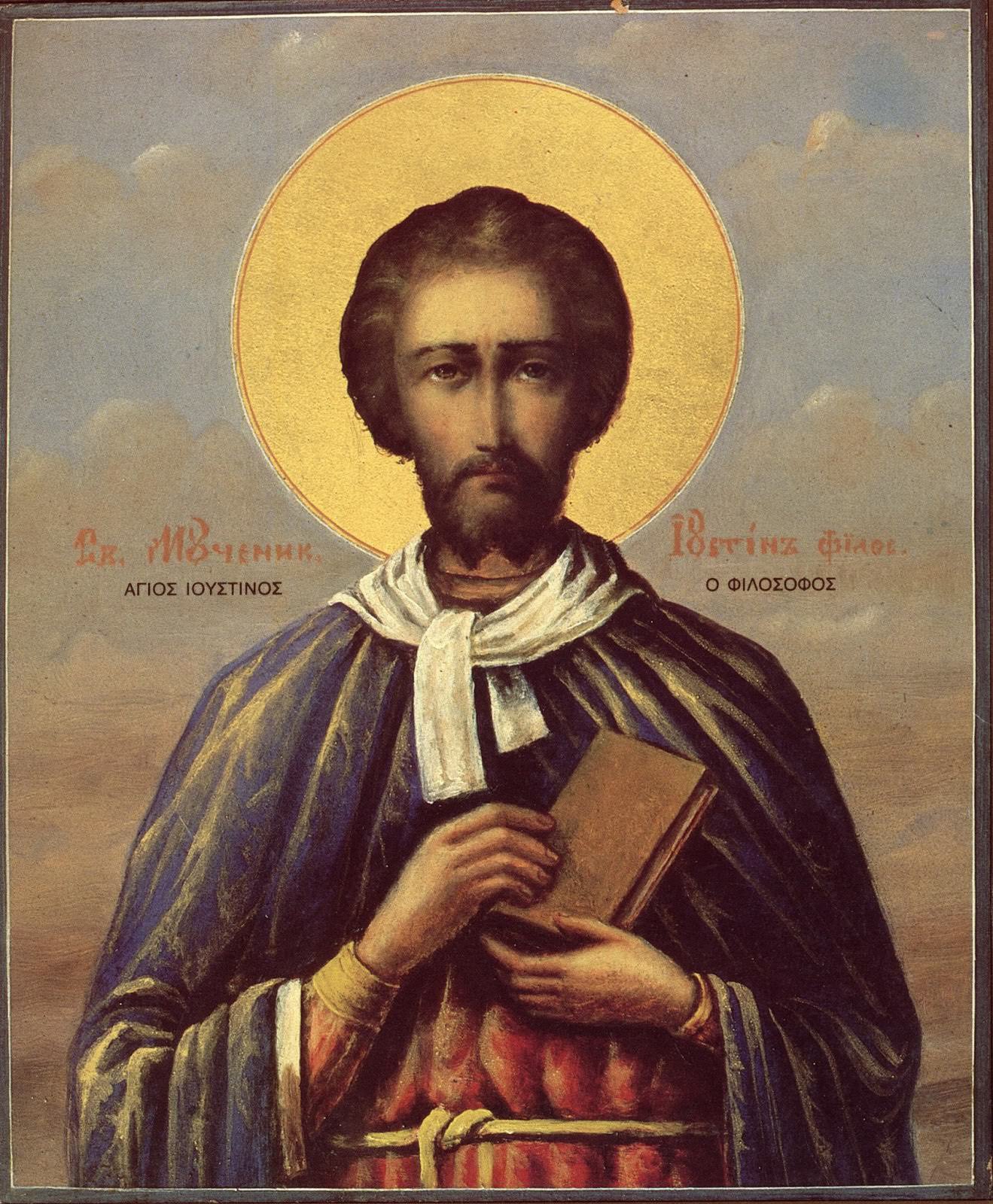The Carolingian renaissance started from about the time that Charlemagne took power. The main purpose of the Carolingian renaissance was more to preserve the art that the Romans created rather than to create new art. They had the attitude that they were just barbarians and that they could not understand the complex art that the Romans created. Even Charlemagne’s own chapel at Aachen was something that could have been seen in a Roman city. They also focused on making sure that the bible was an accurate translation, and Charlemagne opened a school at his court for the children of nobles taught by Alcuin of York. Many monasteries also opened schools for the public at this time as well. The Frankish monasteries made copies of Greek and Roman literature, which is how most of them are preserved for us today.

In the 6th century pope Gregory the 1st more commonly known as Gregory the great sent a group of monks to Britain to try and convert the peoples there. The people in England were the Angles and the Saxons, who were Germanic peoples, who had invaded Britain when the Roman army left. There were also some Roman Britons there, who had retreated into wales after the Roman army left. These were Christians but they did not want to convert the Anglo-Saxons because they were so angry at being driven out that they wanted them to rot in hell. Missionaries from Ireland had also begun to spread Christianity in England. The monks converted king Aethelberht of Kent who most influential king in Ireland. The Irish way of Christianity, which involved a different dating of Easter and different ways of church organization, spread as well. At last the Roman monks and the Irish monks met in Northumbria where the king decided that Britain would follow the Roman Catholic way of doing things. After this Britain would be very loyal to the pope for a long time.



